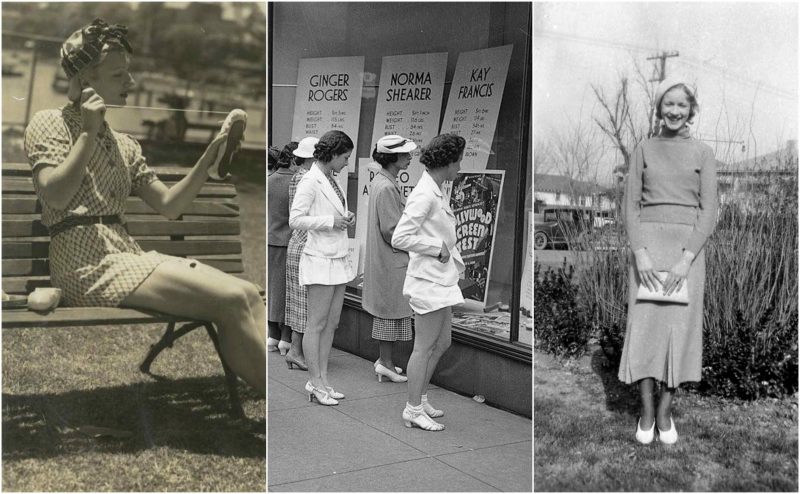The thirties undoubtedly was one of the most ‘active’ decades of the last century, and certainly, the one with some of the most exciting events unfolding.
But it would certainly be remembered for two main events, one the Great Depression that sent the entire civilized world on a roller coaster ride of uncertainty and deprivation, and of course the outbreak of the Second World War.
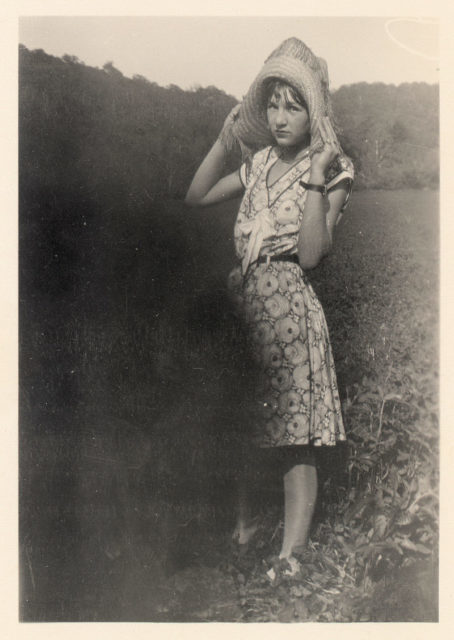
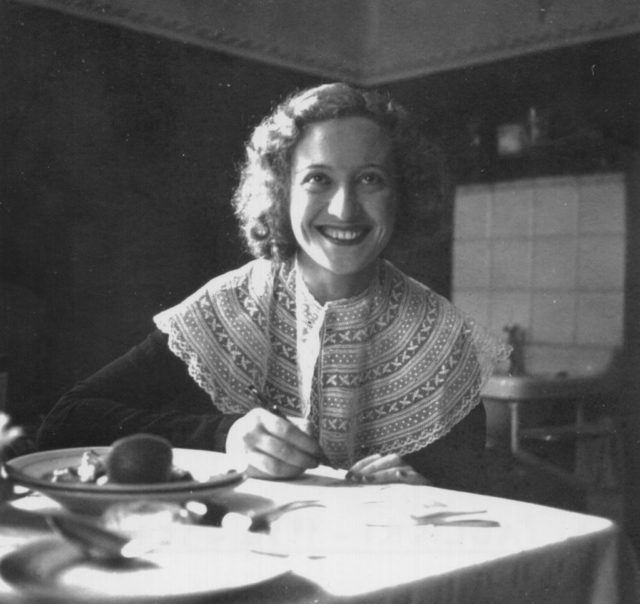
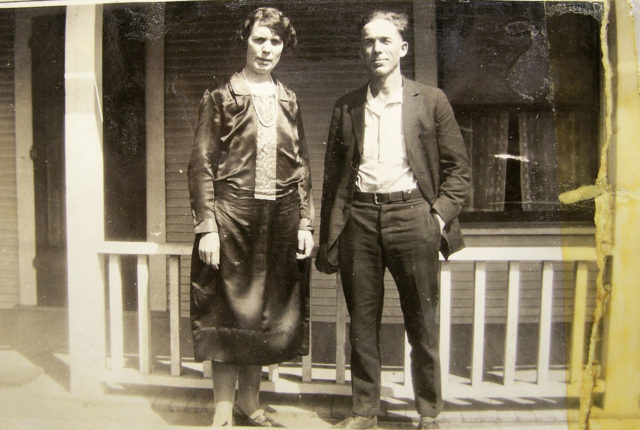
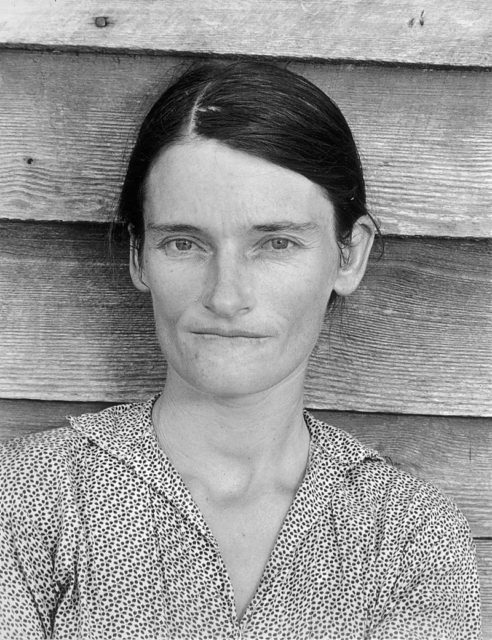
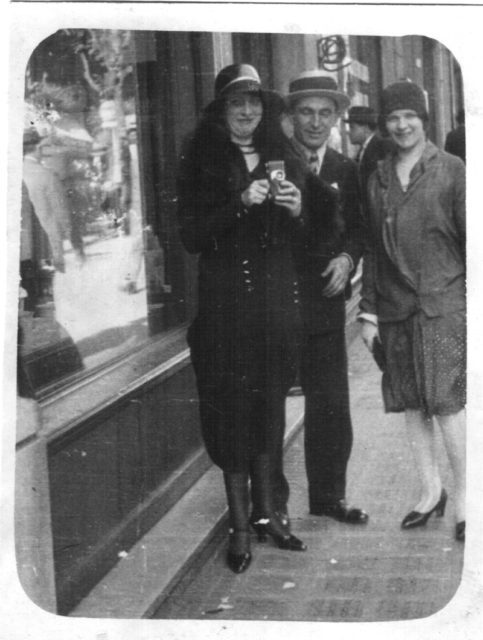
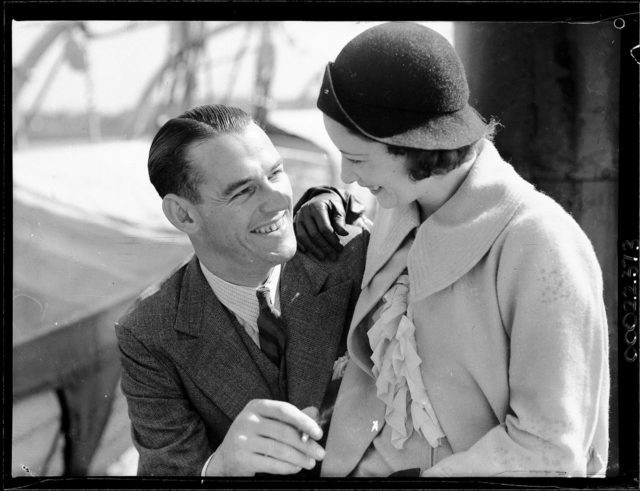
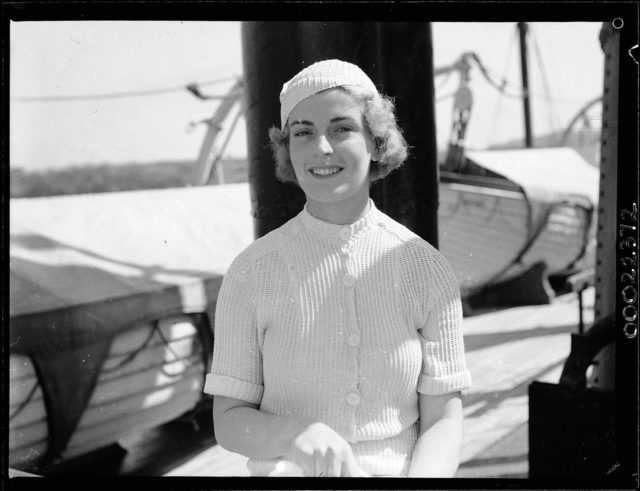
One aspect of the modern life that perhaps no one thinks much about, but had a significant ‘moment’ during the thirties is the women fashion industry and its remodeling. The primary reason for this unconscious neglect had to be the notion that during the Great Depression the life motto of many was to ‘Repair, reuse, make do, and don’t waste anything’; therefore, any creativity was apparently confined to those boundaries.
But nevertheless fashion did survive the Great Depression and certainly the outbreak of war didn’t hinder it, but it’s an exciting notion to comprehend as to why and how this survival was made possible.

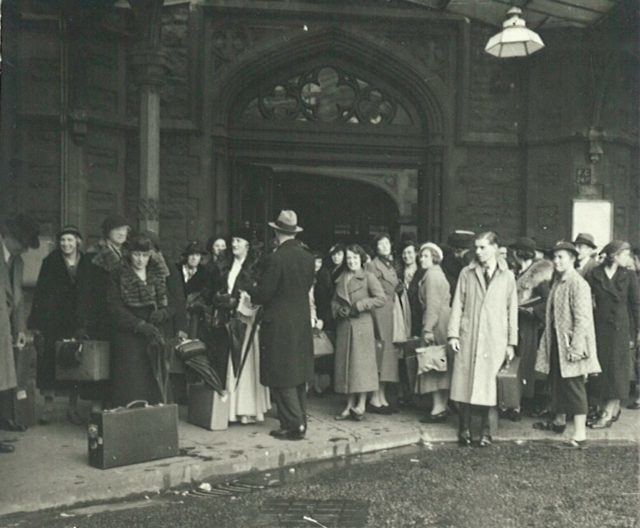
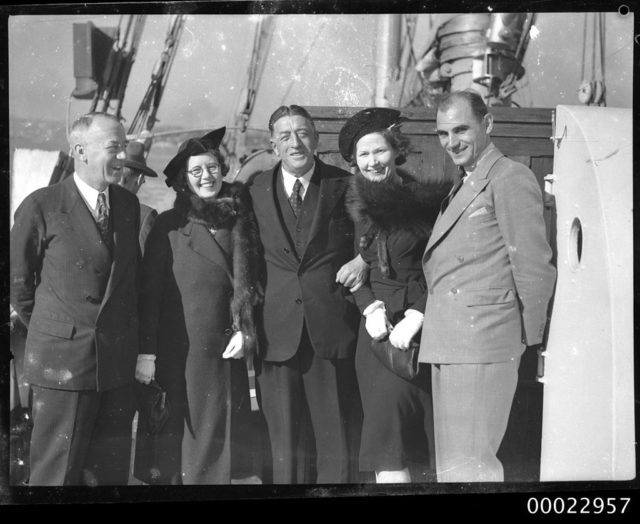
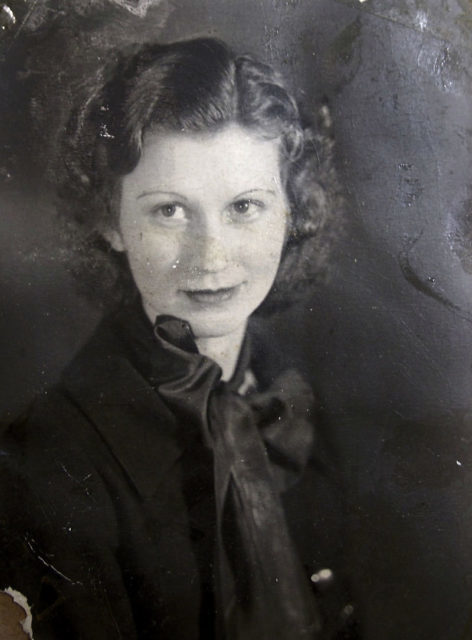
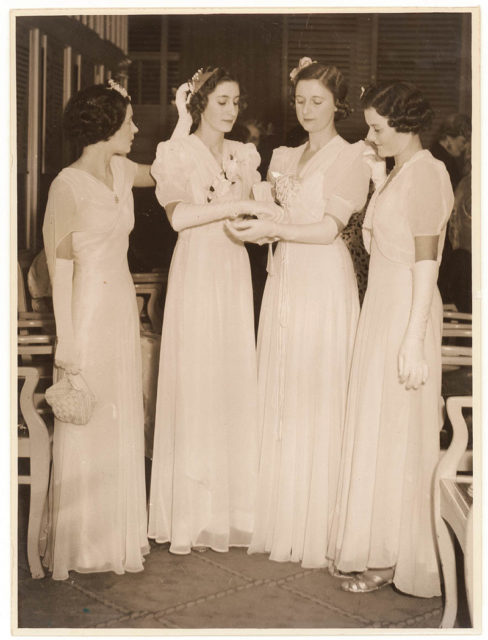
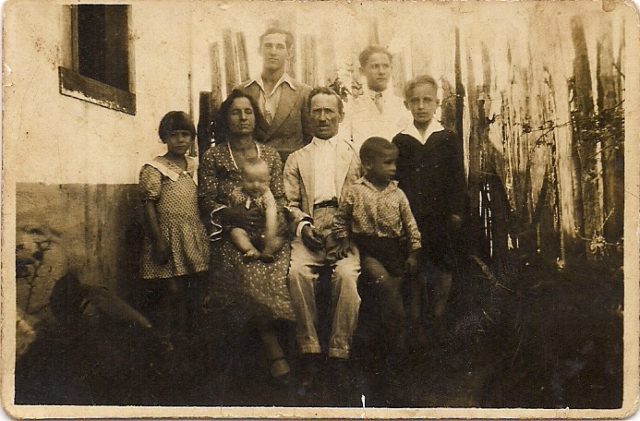
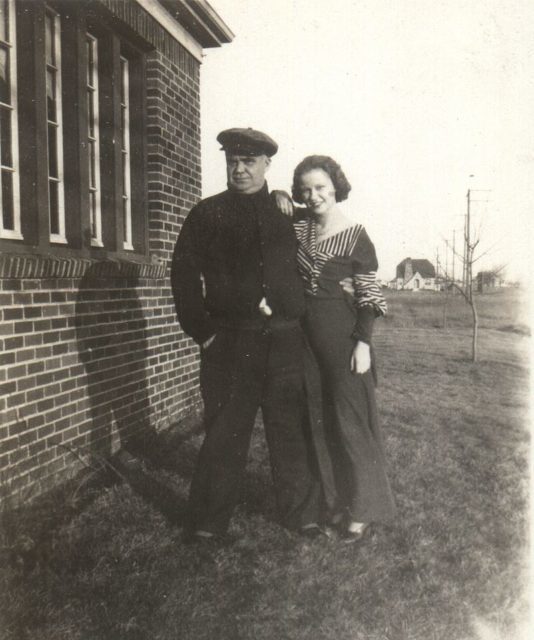
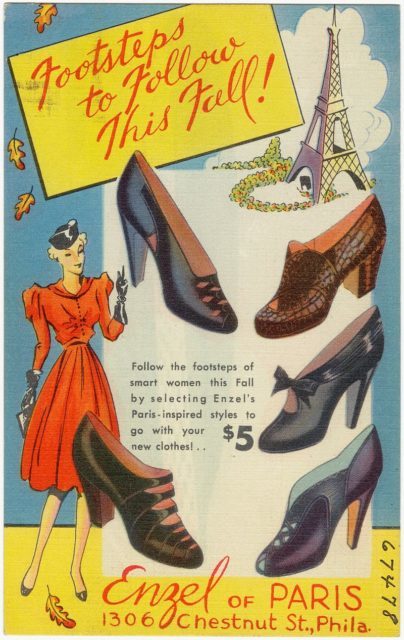
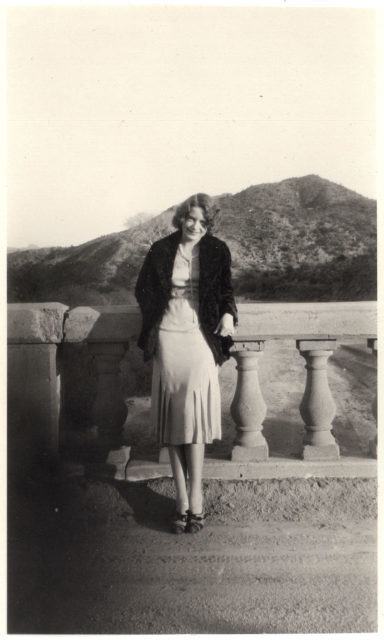

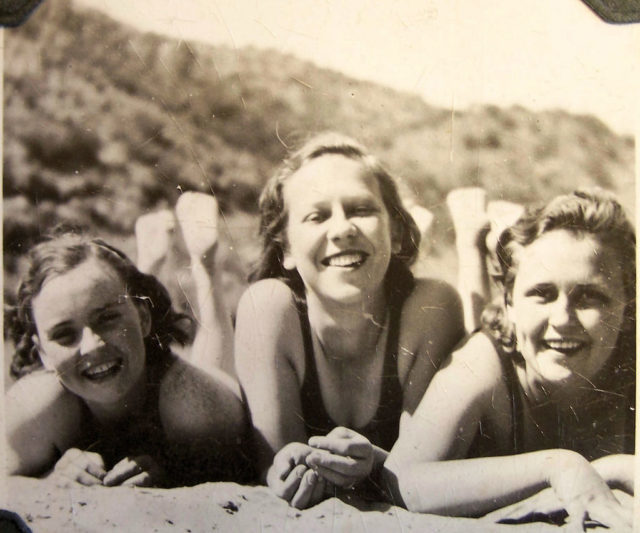
Forward-looking, light-hearted and to some extent, the progressive attitude of the fashion that was primarily the product of the 1920’s, did linger through most of the 30’s.
However, the Great Depression suddenly suppressed that progress a significant manner, and the public leaned towards a more conservative approach to fashion. The dressing sense of the public living through the Great Depression had dramatically transformed itself, and people didn’t really think of keeping the traditions from a decade ago.
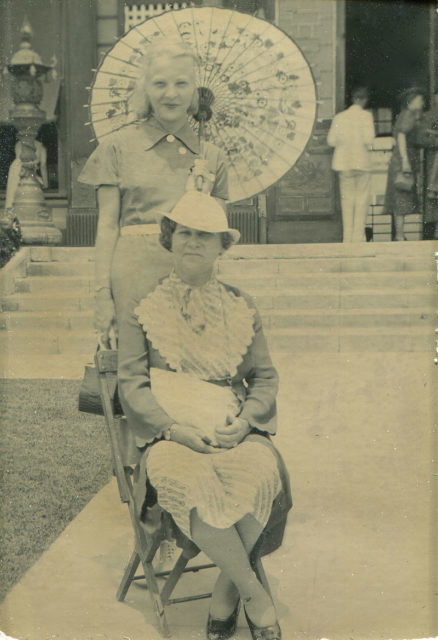
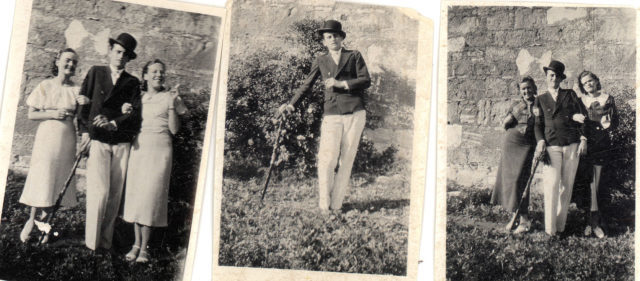
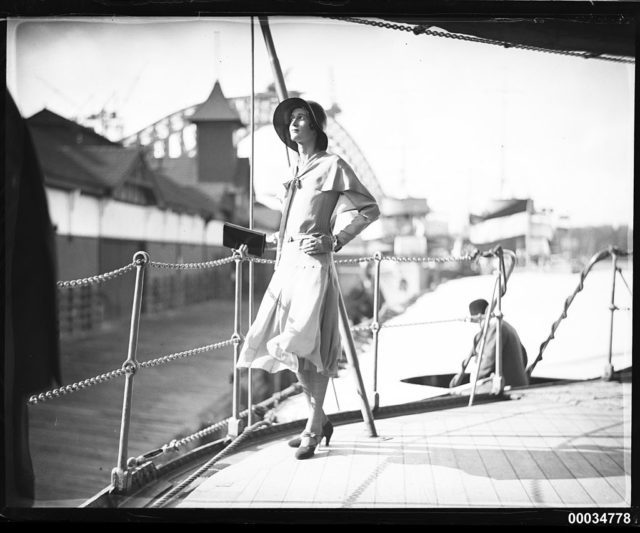
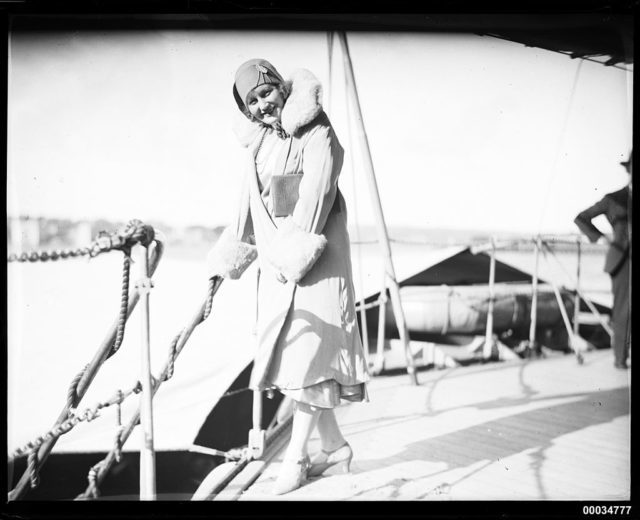
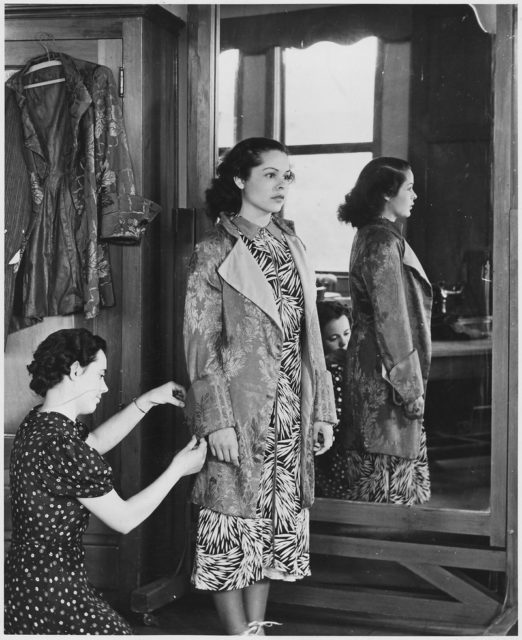
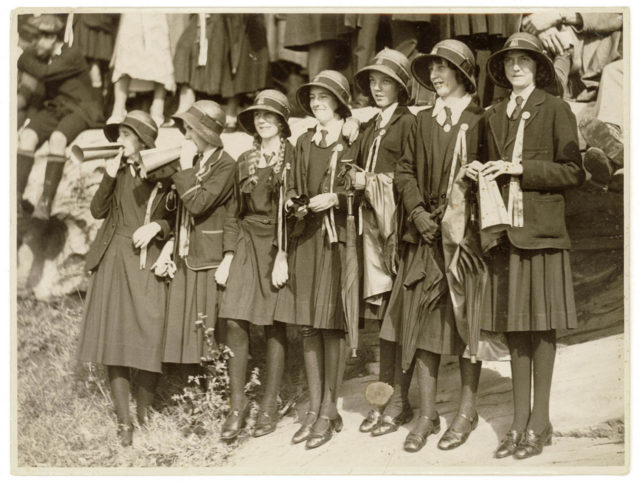
The revolution in the fashion industry that shaped it through the 1920’s was somewhat threatened and had to undergo a complete overhaul; to emerge as a whole new face, for some a step back for others an inevitable change considering the gigantic events unfolding worldwide.
The very first fashion accessory that got the brunt of change were the skirts that women wore, which became longer, and the waistline consequently returned to its previous or ‘normal’ position. This brought back the womanly look that was traditional and considered modest a few decades ago, however, it all changed in the 1920’s.
Some aspects of the popular fashion did take a bit longer to phase out, such as the Cloche hats that remained quiet ‘in’ all through mid-1930’s. Women short hair also resisted the change and remained quite popular all through the 1930’s.

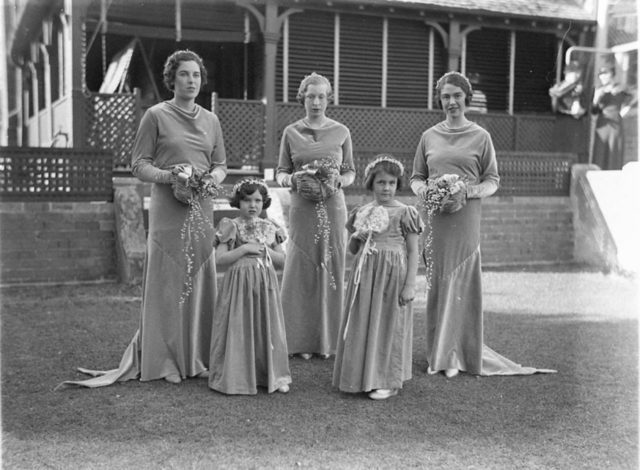
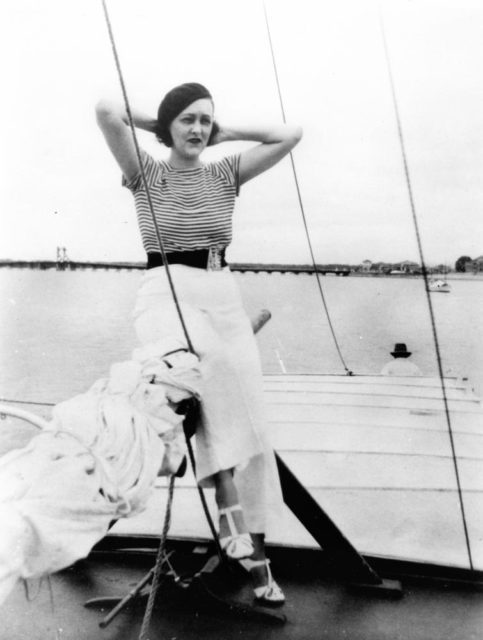
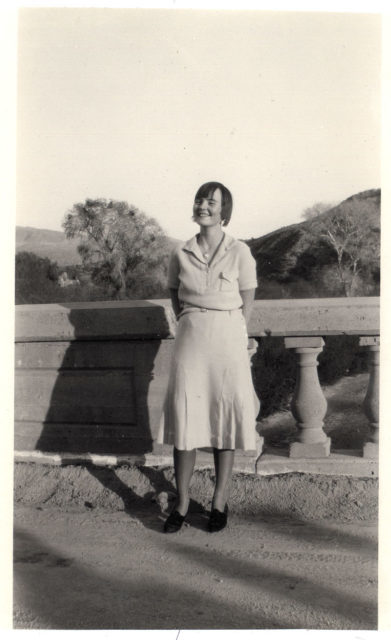
The Great Depression could not be solely held accountable for the change in the fashion sense of the public, the emergence or rather popularity of the modern cinema greatly contributed to shaping the creative cloud for a number of designers even in the places considered the hub of fashion wellspring.
One Parisian designer, Elsa Schiaparelli had famously made the comment that the couturiers could no longer live without the cinema anymore, implying that the cinema was not only telling stories, it was shaping the public sense of fashion, and the designers could no longer escape its impact on their works.
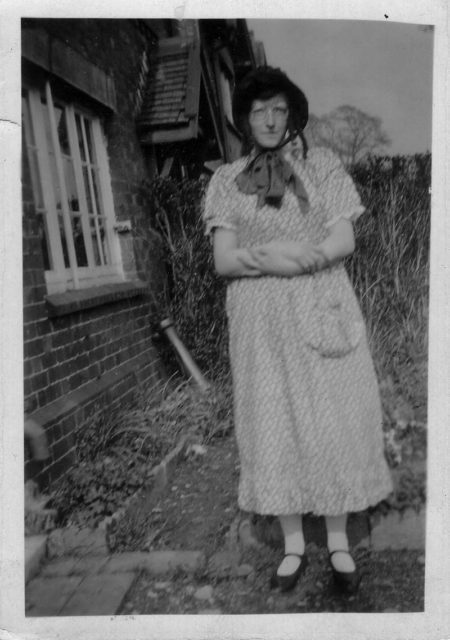
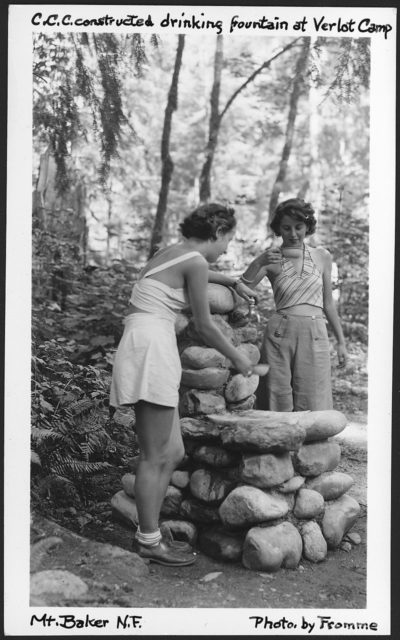
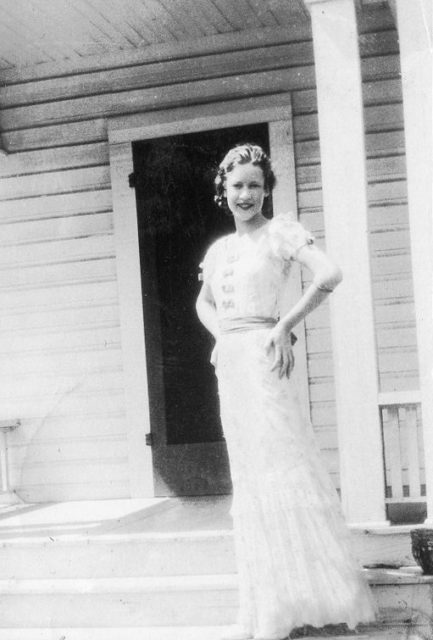
All through the mid-1930’s the emphasis kept on shifting from the natural waistline and on an empire line; capelets, dresses with fitted midriffs, and short bolero jackets kept the focus on increasing the breadth of the shoulder.
When the 1930’s rolled in, the emphasis moved towards the back and halter necklines, with high-necked but backless evening gowns becoming the talk of the town.
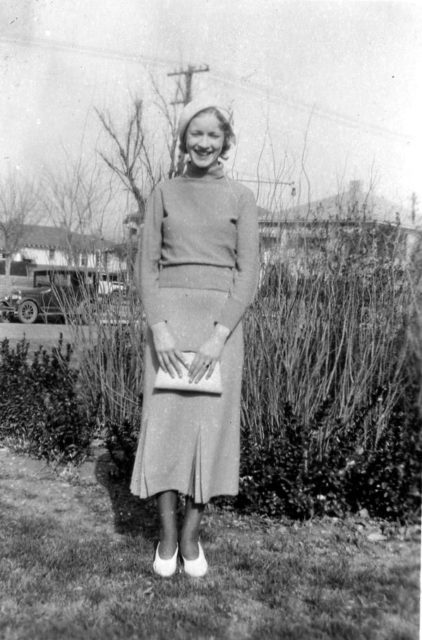
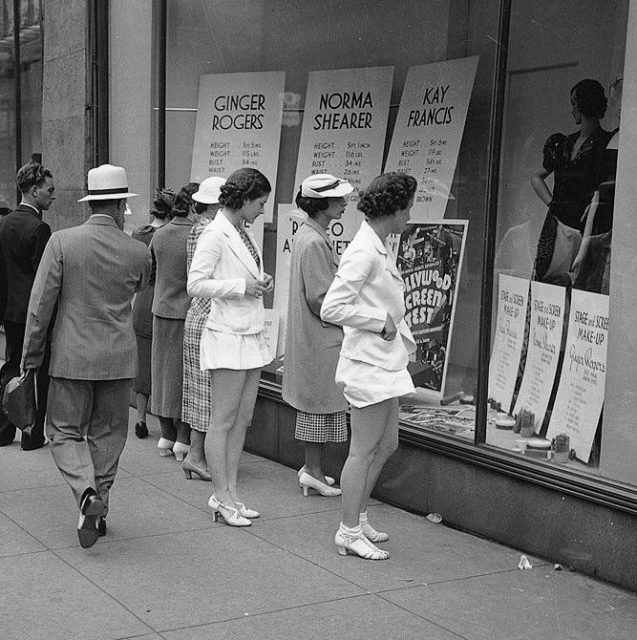
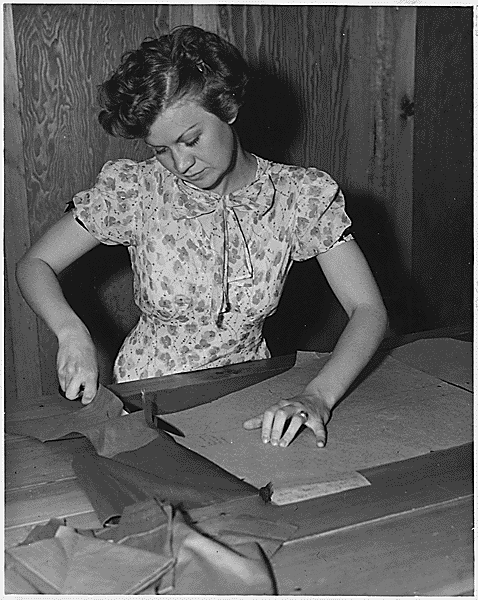
Evening gowns that came with matching jackets were often seen worn by the women in the theaters, elegant restaurants, and nightclubs. Skirts didn’t have much more options to work around, in the 30’s Paris designers were making fuller skirts, ones that reached just below the knee.
This rather practical length of the skirts remained in the fashion all through the Second World War.
